1)Professional pay--teachers earn much less than others with four year degrees.
2)Increasing workload--teacher face increasing accountability for student performance and extra responsibilities like tutoring are often expected but not compensated.
3)Support for the profession--new support from colleagues, administrators, and the community and structured support in the first years is essential for teacher longevity.
4)Passion for the Profession--most teachers say that they are invested in their students and do the best they can for their students even in challenging circumstances.
One of the survey respondents put it this way: “Teacher retention requires a balance of workload, pay, and respect for the profession.” Recruiting and retaining teachers in Arizona will require a varied, creative approach with schools, communities, teacher education programs, and teacher support organizations all playing a part in engaging and finding solutions.
Three best practices were listed as innovative measures to work on this issue, including National Board Certification, mentoring, and teacher support. The Teacher Retention Project was highlighted as an innovative teacher support program stating, “Recruiting and retaining Special Education teachers is especially difficult. The Teacher Retention Project provides support to Arizona Special Education teachers and those considering a career in the field. The goal of this program is to help teachers make a long-term commitment to special education.” The Teacher Retention Project is committed to ensuring teachers have the resources, tools, and support needed to be successful in their careers. To read further click here: Finding and Keeping Educators for Arizona Classrooms.
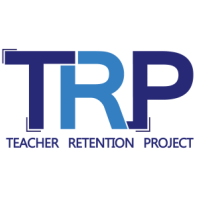

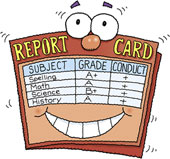
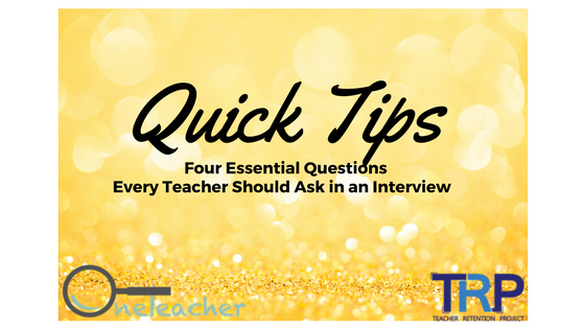

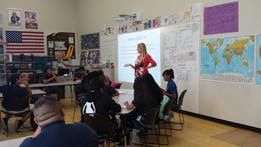

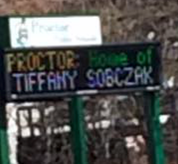
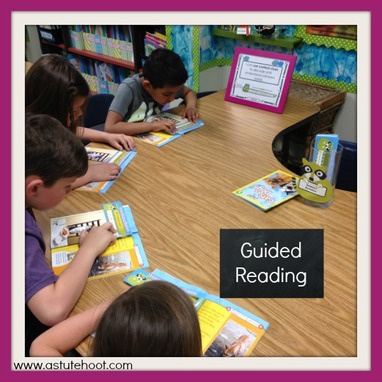
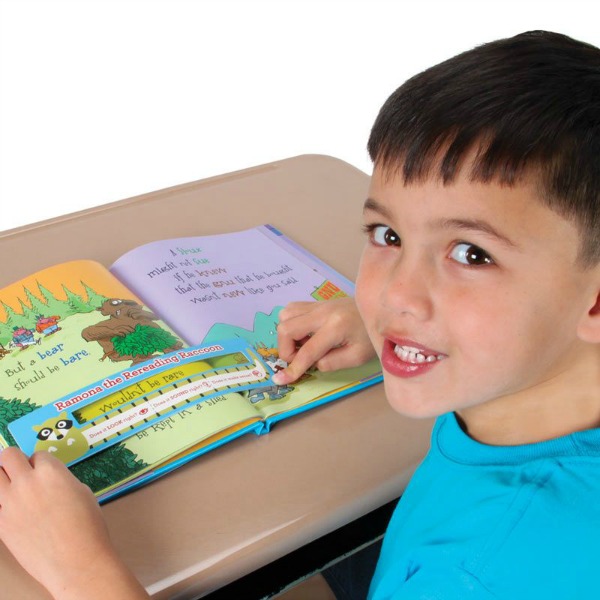
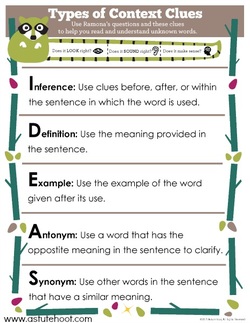
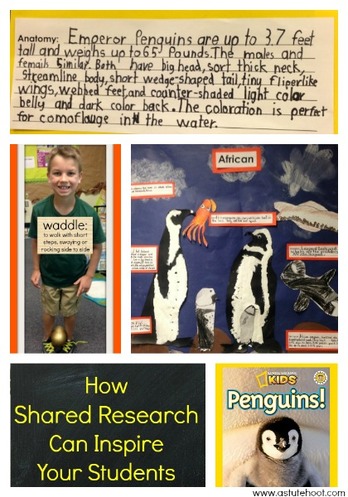
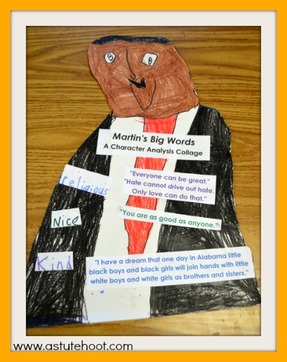

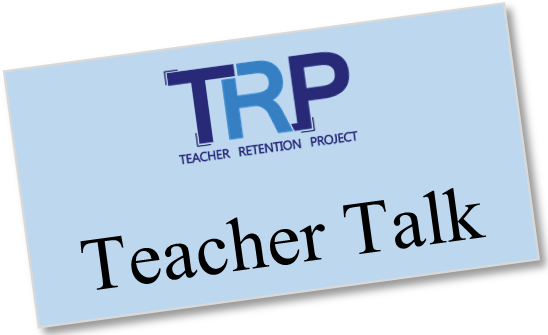
 RSS Feed
RSS Feed